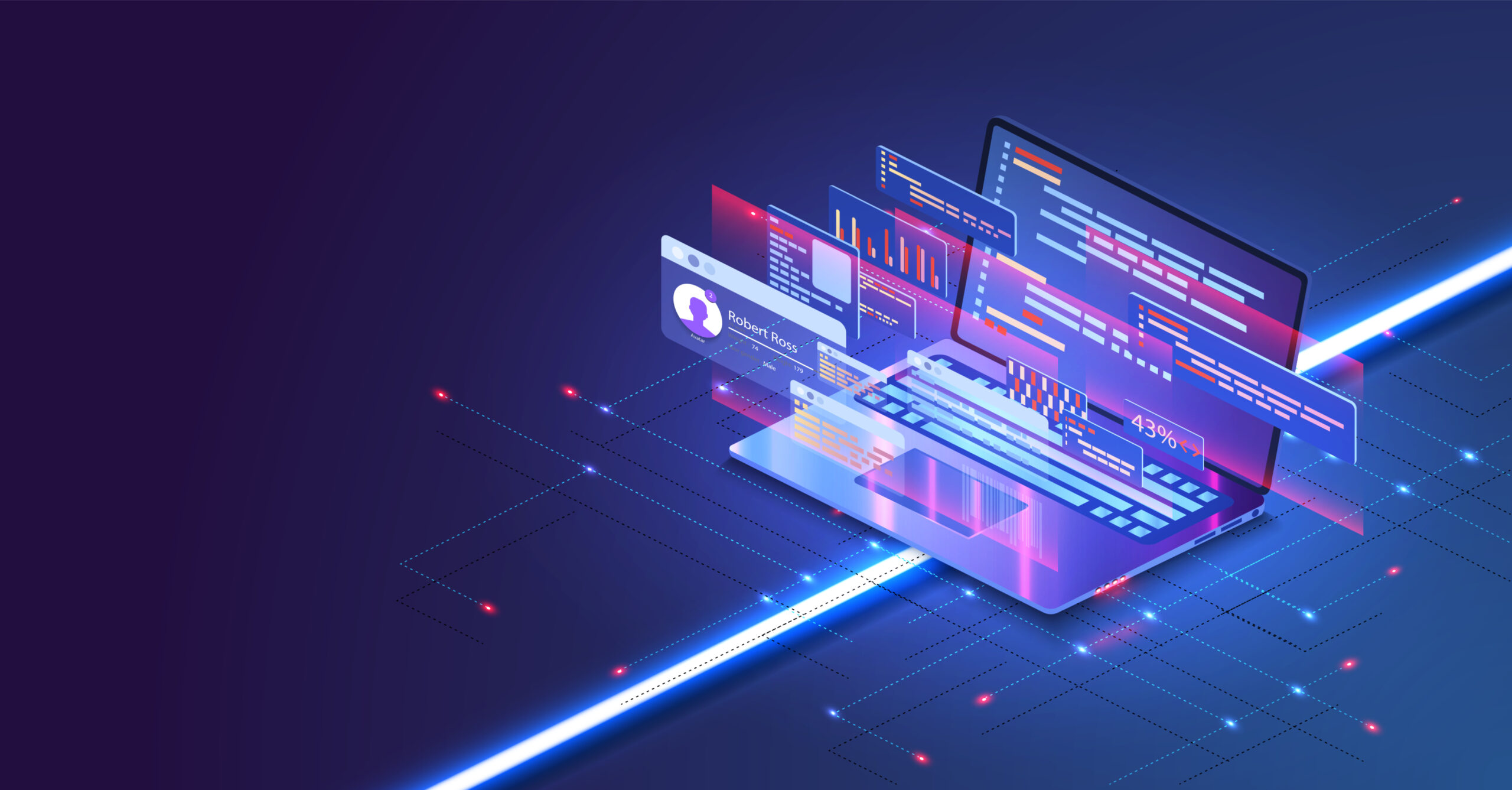UX/UI
The Importance of Human Touch in Graphic Design
12 Oct 2021

It can be challenging to be a designer in a world powered by technology. Almost every day, a new piece of software is being developed that can do most of the work you are used to doing by hand. However, it would be silly to give up just because of some sophisticated software. Moreover, successful designers have crucial human skills, and software cannot replace them, no matter how advanced this technology is.
1. Empathy
Designers’ work is meant for people, both clients and their audience. Graphic designers should meet human wants and needs, so they require an ability to empathize with people for whom they create solutions.
2. Intuition
Intuition is the ability to have an insight into whether to scrap or expand an idea. This skill is important and mysterious at the same time. A graphic designer needs that gut feeling to create creative and cohesive products.
3. Taste
Similar to intuition, taste is a mysterious skill. It allows designers to determine what works the best in a given design project. It is a common practice to hire a creative professional because of their aesthetic and taste.
4. Creativity
Behind every unique design lies creativity. There is no such software that can come up with original ideas, dream, and brainstorm.
5. Improvisation
It may happen that a design is not working. Unlike programmed software, graphic designers can come up with creative ideas to eliminate problems, even if they have to resort to unorthodox methods.
6. Imagination
Creativity and imagination come together, and they are human at their core. Imagination is the ability to picture and envision what a design should appear as beyond identified algorithms and patterns.
7. Emotional Intelligence
Similar to empathy, emotional intelligence is essential for those who deal with clients. In order to meet the needs of your customers, one needs an ability to interact with them on a very high level.
8. Judgment
Designers need to be capable of reading situations and responding accordingly. Unlike human designers, software is simply programmed to give a response with a predefined set of answers. Often clients ask designers to critique an existing design, and in this case, an ability to demonstrate judgment can be very useful.
9. Collaboration
An essential element of the design process is collaboration. People are capable of listening, understanding, and reciprocating with each other. As individuals, we are capable of transgressing hierarchy if necessary, unlike computer software. If an opinion is more relevant to the conversation, people are able to switch power positions in different contexts, e.g., a creative process.
10. Passion
The majority of designers enjoy what they do, and their work reflects this affection. There is no software, and it will never be created to replace human passion.
Design software can be helpful and even better than us at some tasks, although there is no need to fear it. A human designer is still an irreplaceable element of the design process, and 42 Studio employs a number of talented professionals who are well-versed in UI/UX Design.


